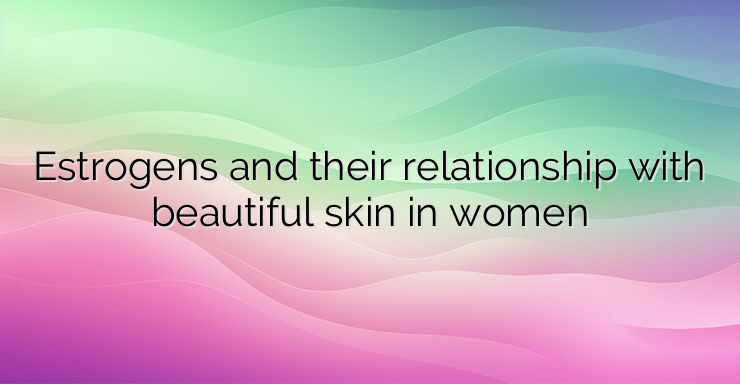The structural and functional changes in the human body that occur with advancing age in no organ are reflected in the same way as in the skin. Estrogens play an important role in the physiology of every single structure in the skin – epidermal keratinocytes, dermal fibroblasts, melanocytes, hair follicles and sebaceous glands. Aging processes in the skin change its thickness, elasticity and sebum secretion. As a result, it becomes more relaxed, thin, dry, which is a prerequisite for the appearance of wrinkles. Estrogens and menopause Menopause is a physiologically occurring period in the female organism, during which there is a drop in the female sex hormones synthesized and secreted by the ovaries – estrogens and progesterone. The usual age is around 51-52 years. Menopause is usually preceded by a pre-menopausal period of gradual decline in estrogen levels, however, with the onset of menopause itself, there is a sharp drop in estrogen levels. That is why this moment is often followed by all the symptoms typical of the climacteric period – hot flashes, increased nervousness, sweating, palpitations, changes in mood and sleep quality. Many women report the sudden appearance of signs of skin aging a few months after the onset of postmenopausal symptoms, which include thinning skin, an increase in the number and depth of skin wrinkles, increased skin dryness, and a decrease in skin density and elasticity. In support of the connection of these skin changes with the reduced levels of estrogens after menopause, the fact that hormone replacement therapy applied to menopausal women shows positive effects on the skin – increases skin elasticity, hydration, thickness and smoothes wrinkles. These effects are due to the increased vascularization of the skin and the change in the quality and quantity of its building collagen under the influence of estrogens. Effect of estrogens on hair follicles Hair follicles have three phases of growth – with periodic alternation of the growth phase of new hairs, the transition phase and the phase of shedding of old ones. Often times this rhythm could be disrupted by various external and internal factors. Estrogens probably have a stimulating effect on hair growth. This is supported by the fact that during pregnancy the proportion of hair follicles in the growing phase of the cycle increases, while after birth these follicles enter the resting phase, resulting in transient hair loss. These effects have largely been attributed to changes in estrogen levels occurring during and after pregnancy. Certainly the effects of other hormones and growth factors have further modulated the phases of hair growth. NEWS_MORE_BOX Estrogens and their relationship to melanogenase and melanoma Chloasma is a common facial hyperpigmentation condition seen in pregnant women.In combination with it, increased pigmentation is also observed on the areolas of the breasts, midline of the abdomen (linea alba) and perineum, which usually disappear after birth. Estrogens play a major role in this. Oral contraceptives containing estrogens could also lead to hyperpigmentation on the face and other areas. The average age of onset of malignant melanoma among women is in the early fifties, which correlates with the onset of menopause. For many years, melanoma was considered to be an estrogen receptor-positive tumor, the prognosis of which is adversely affected by estrogens, whether during pregnancy or in association with the use of oral contraceptives or hormone replacement therapy. Current research disputes this fact and contrasts the link between estrogens and the risk of malignant melanoma.


Leave a Reply